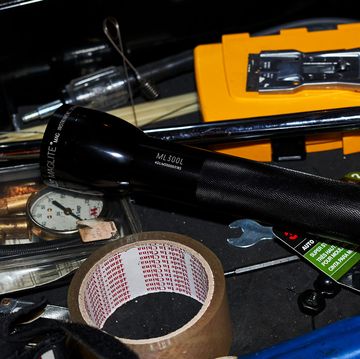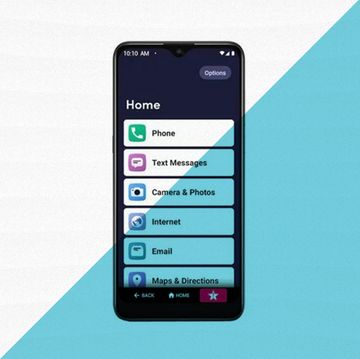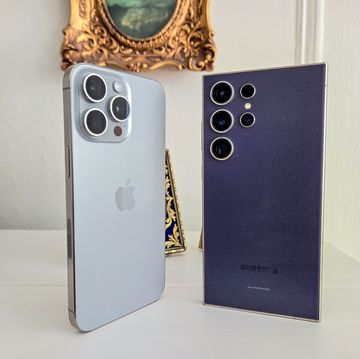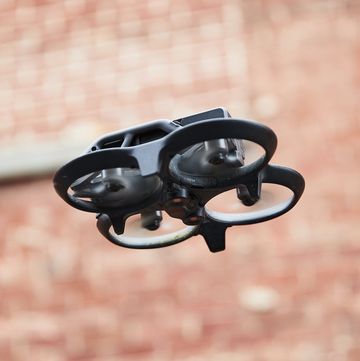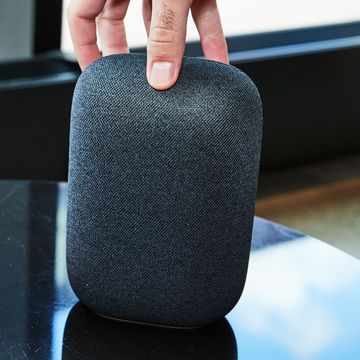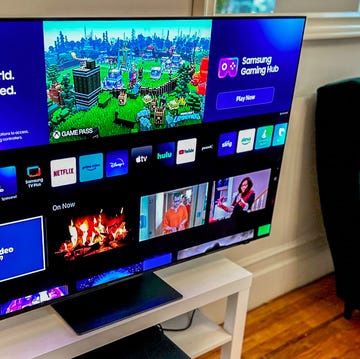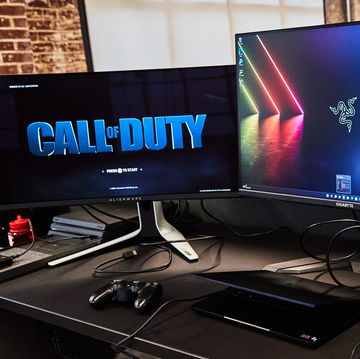I'd like to give my old phone to a friend, but when I pulled it out of storage, the battery was completely dead. It was fine when I put it away. What happened?
A Lithium-ion batteries are the problem child of modern electronics. They leave your laptop juiceless after just a few hours. They send you hunting for power outlets at the least opportune times. They're the reason "sorry, my phone's about to die" has become as common a sign-off as "goodbye" in modern cellphone conversations.
Less obvious than low capacity is the problem of longevity. Lithium-ion and even newer lithium-polymer batteries have a nasty habit of losing capacity over time or, worse, dying altogether.
Any battery issue is by definition a chemistry problem. In a healthy battery, ions flow freely between a cathode and an anode. Charging a battery forces ions from the cathode to the anode; using the battery reverses the flow.
Over time, this process wears out the cathode, which results in reduced capacity. A high-end lithium-polymer battery can lose about 20 percent of its capacity after 1000 charge cycles. Another way to think of this is to imagine that every time you recharge your laptop, you shave a few seconds off its maximum battery life. Erratic charging and heat speed up this degradation.
And batteries degrade even if you don't use them. According to battery-testing firm Cadex Electronics, a fully charged lithium-ion battery will lose about 20 percent of its capacity after a year of typical storage. Increase the temperature to just above 100 degrees Fahrenheitas in a hot attic, for exampleand that number is 35 percent.
On the other hand, an empty battery pack can eventually fall into "deep discharge," at which point the battery's protection circuitintended to prevent power from reaching defective battery cellsis triggered. This leaves the battery unable to charge at all.
Your best bet for long-term battery storage is to run the charge down to 50 percent, remove the battery from the device, and keep it cool. But even ideal storage conditions can leave you with a dead battery after three or four years.





